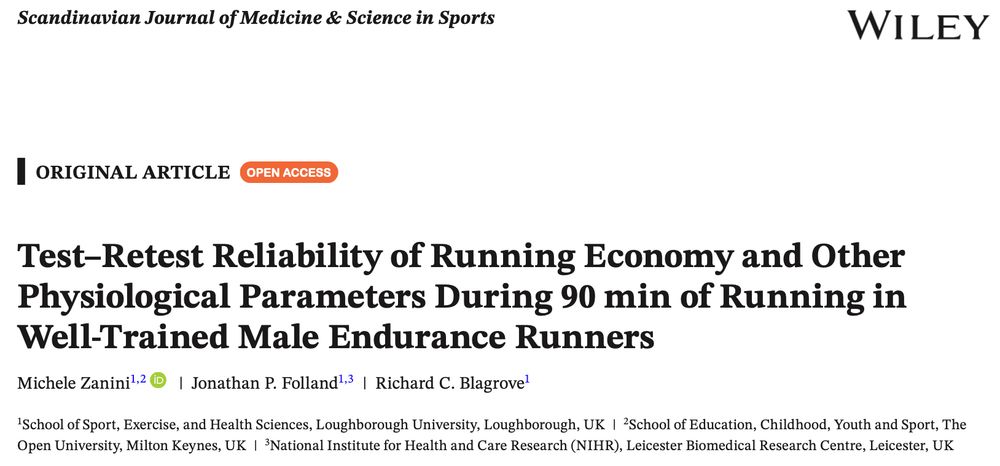Michele Zanini
@mzaniniphysiology.bsky.social
69 followers
25 following
51 posts
Lecturer in Applied Exercise Science @ The Open University
PhD @ Loughborough University
Head of S&C and Physiologist @ Italian Triathlon Federation
Applied Physiology, Endurance, Performance
Posts
Media
Videos
Starter Packs
Pinned




















